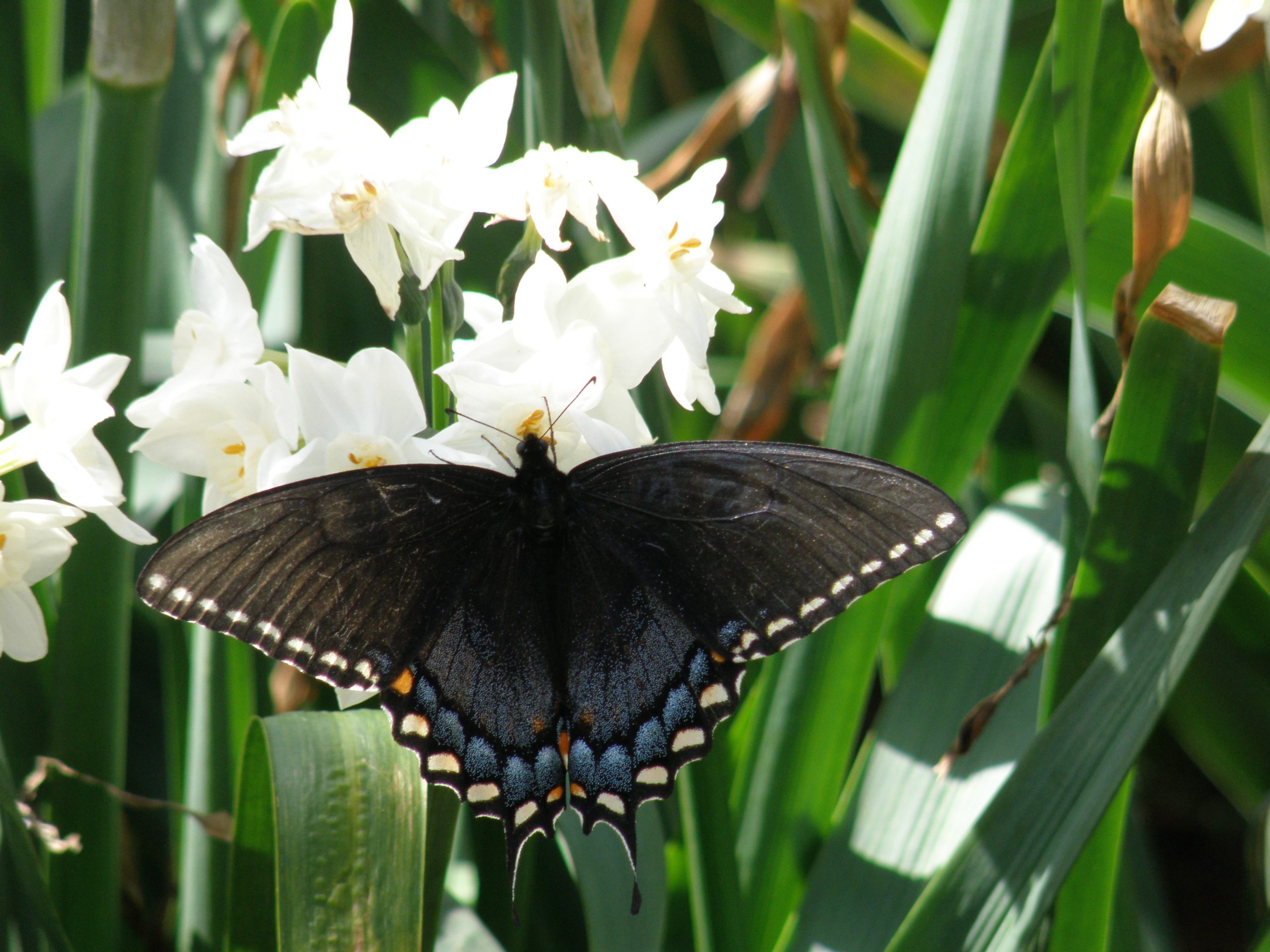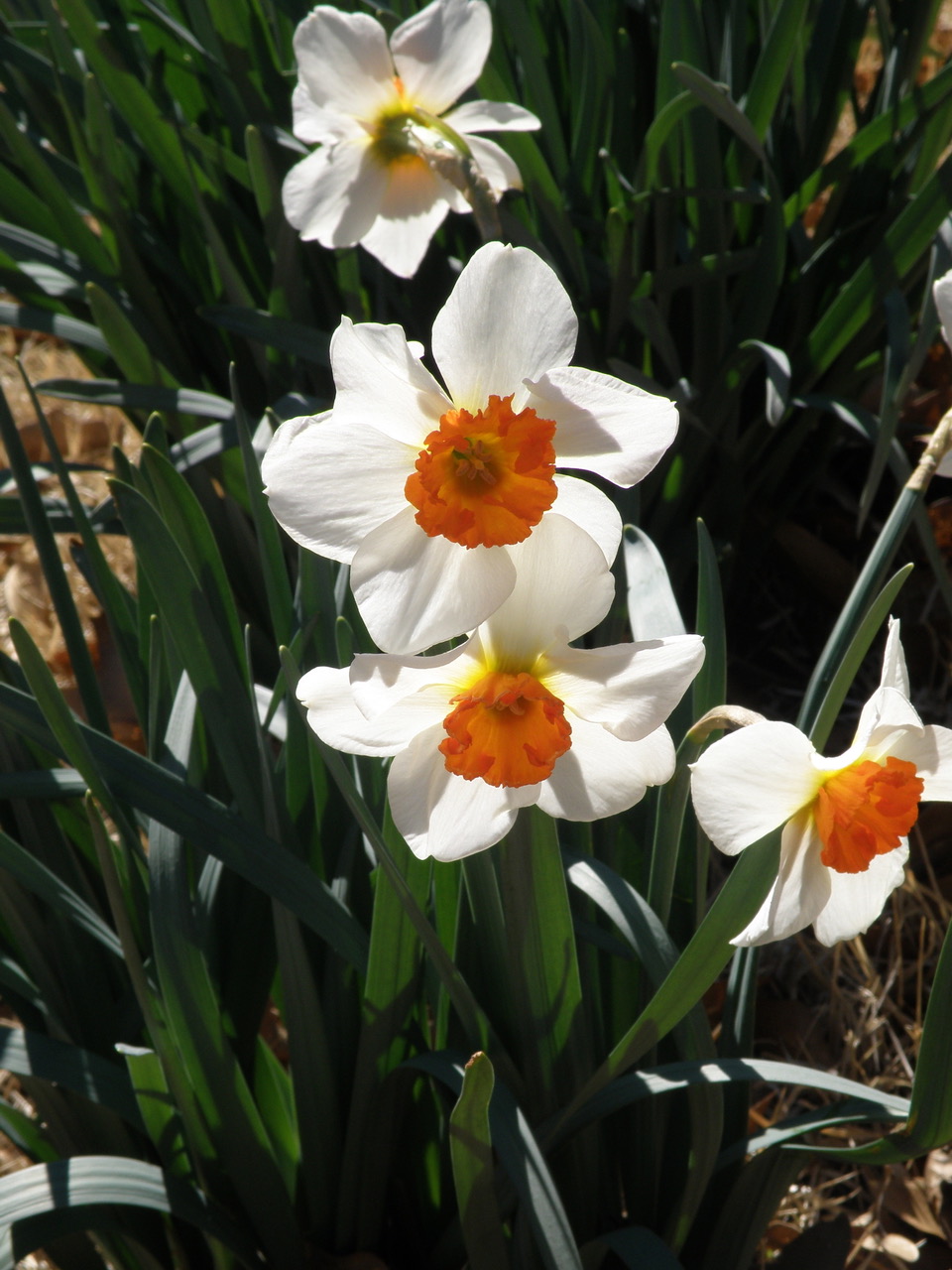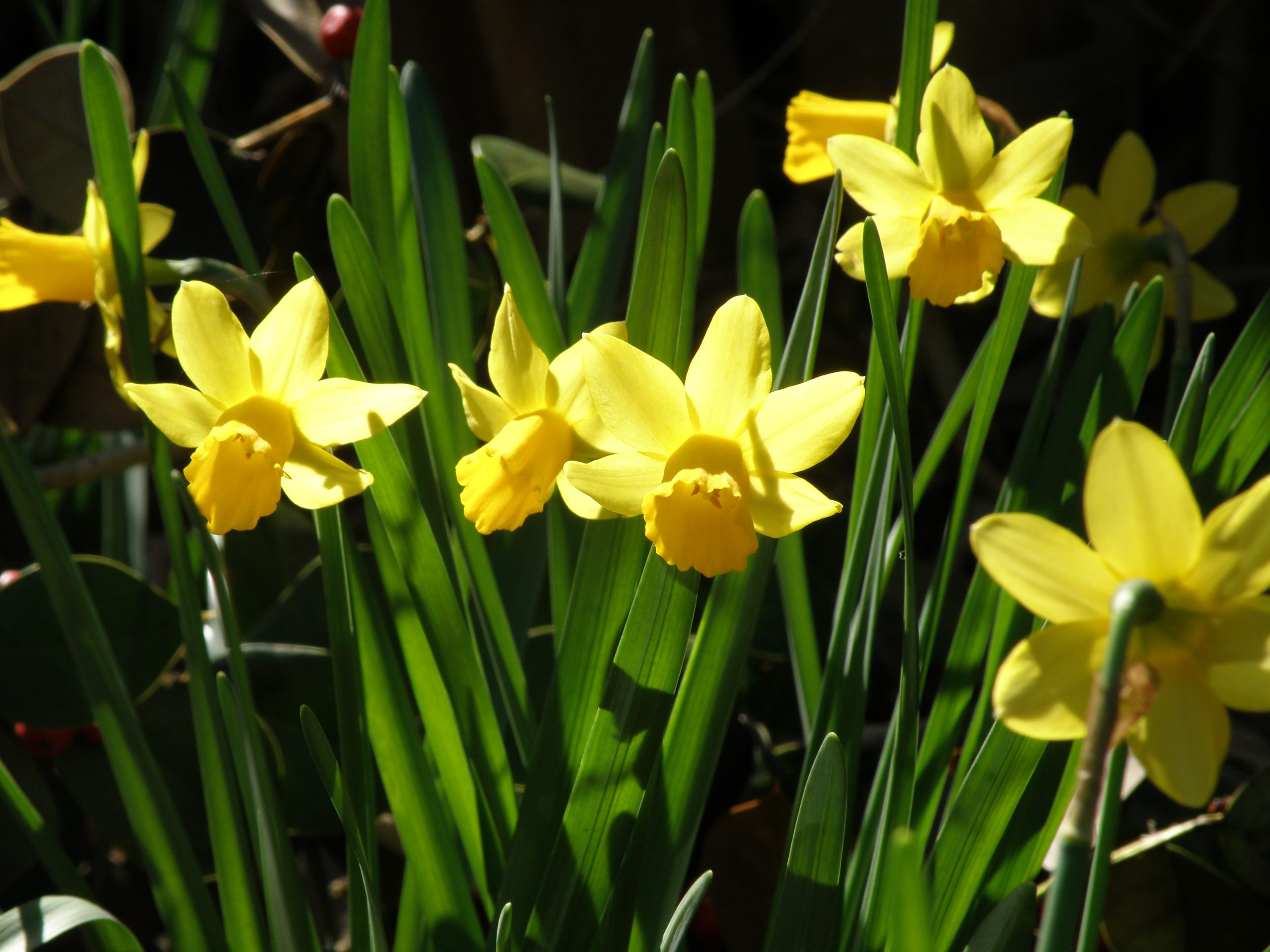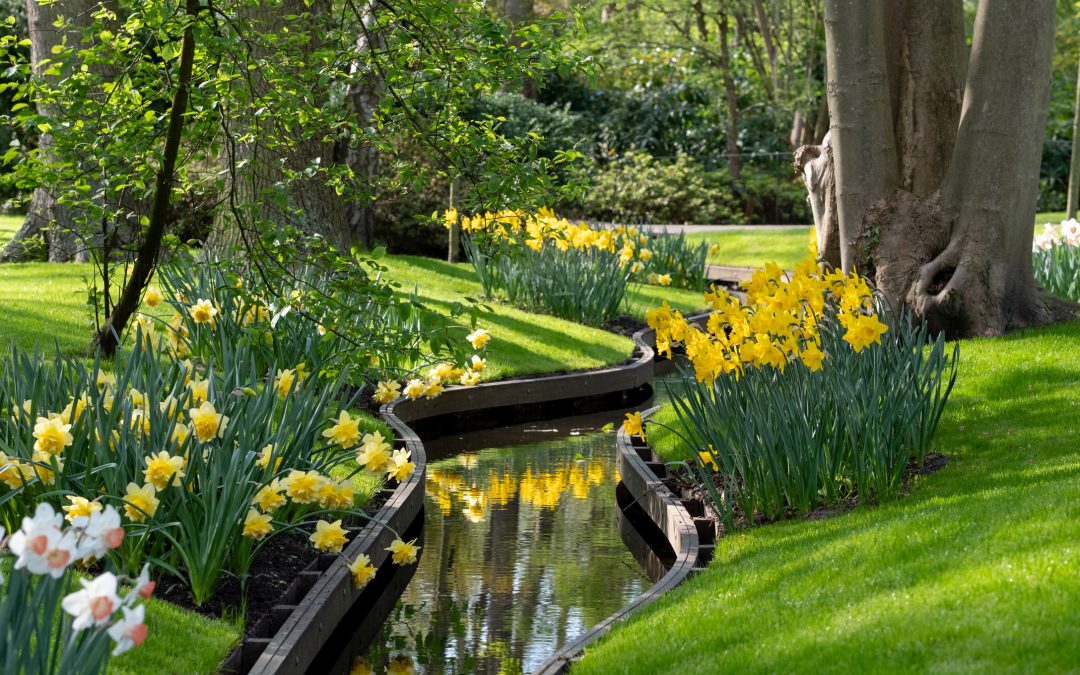Springtime comes early to Mississippi—thank goodness—and daffodils herald spring’s arrival in all its glory. And even though we are far removed from England’s famed Lake District, Mississippi gardeners, like Wordsworth, are prone to wax poetic when a “host of golden daffodils” bloom en masse.
Winter in the Deep South is mercurial and sometimes confounding. A few balmy days in January can encourage daffodils to “toss their heads in sprightly dance,” but Old Man Winter can return unexpectedly. At such a time, daffodils are a lesson in resilience. Defying the frigid temperatures, they hold their heads erect. I have seen plucky daffodils blooming in the snow. Such fortitude is an inspiration.
Daffodils, even the untimely ones, beguile gardeners, but the peak season for this lovely flower of the Narcissus species is early spring. Look for daffodils to bloom in tandem with many spring-flowering shrubs, such as forsythia, spirea, and flowering quince. Most daffodils, but not all, are usually past their peak by the time azaleas bloom.
Wordsworth saw “ten thousand (daffodils) at a glance.” Like the bard, once one has seen a profusion of daffodils blooming, ten thousand does not seem like too many. It is a good thing that daffodils naturalize with enthusiasm and tend to multiply with ease.
Daffodils are not only beautiful, but they are deer resistant and are not susceptible to disease. Daffodils are harbingers of spring, but many varieties bloom at different times and thus prolong the season.

How to Grow
Ideally, daffodils should be planted in late fall in full sun in open areas or filtered light beneath deciduous trees. (They will bloom before the trees leaf out.) But, of course, it is in the springtime when gardeners want daffodils and bemoan the fact that they did not plant bulbs in the fall. However, after the daffodils have bloomed and after the foliage has turned yellow, which ensures next year’s bloom, the bulbs can be divided and given to gardening friends. The bulbs should be replanted immediately.
Daffodil bulbs should be planted three to six inches deep and about six to eight inches apart. The soil should be fertile and moist but well-drained. The bulbs should be planted with the pointed end up, and the addition of a little bone meal or fertilizer will get them off to a good start. Once established, daffodils do not require regular fertilization or undue attention. Just remember, they will not thrive in waterlogged areas.

Daffodil Varieties
Daffodils have been hybridized for years and years, and there are many different species from which to choose. For the novice gardener, selection can be somewhat overwhelming. Most daffodils need a cold period to set blooms; however, the Jonquilla and Tazetta varieties do not require pre-chilling.
Some tried and true varieties include ‘Barret Browning,’ ‘Soliel d’Or,’ ‘Ice Follies,’ Fortune,’ ‘Twin Sisters,’ and the list goes on and on. For small areas and containers, I love the little ‘Tete a Tete’ daffodils. When it comes to daffodils, my best advice is to peruse garden catalogs and consult the experts at your local garden centers, and if daffodils flourish in your neighbor’s garden, ask for a few pass-along plants.

Daffodils – Cut Flowers
Daffodils are wonderful cut flowers and are an excellent way to bring spring indoors. However, before using daffodils with other flowers, they must be conditioned. Daffodils exude a sap that is harmful to other flowers, but if they are left to sit in cool water for an hour, the conditioned daffodils may be used in a floral arrangement. Do not use the water in which the daffodils were conditioned, and if the daffodil stems are cut again, the conditioning process must be repeated.
Maybe the old-fashioned daffodils garnered from family and friends that have bloomed for generations are the best, and when these daffodils bloom, they wistfully bring to mind loved ones and memories of days gone by. And old, abandoned homesteads in the countryside, daffodils faithfully bloom alongside tumbledown barns and lone chimneys. Undoubtedly, the people who once tilled this land were good folk. They planted daffodils for beauty and loved ones, and these daffodils still bloom and brighten the landscape.
Spring is daffodil time. If left undisturbed, they will bloom long after we are gone. This spring, be sure to pass along daffodils and memories to your loved ones.





